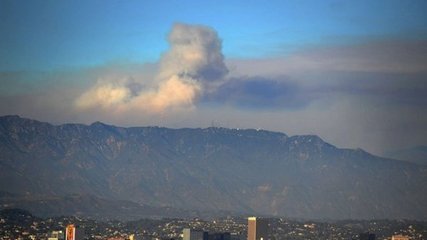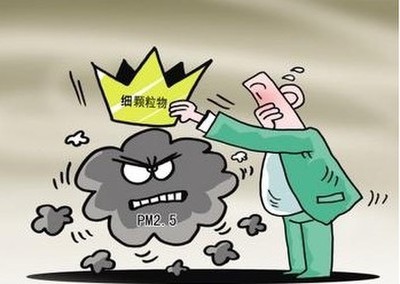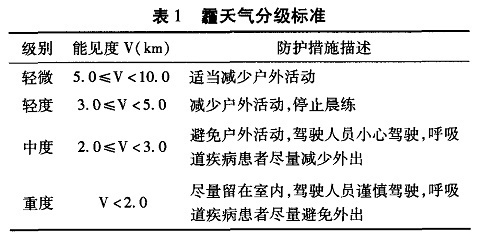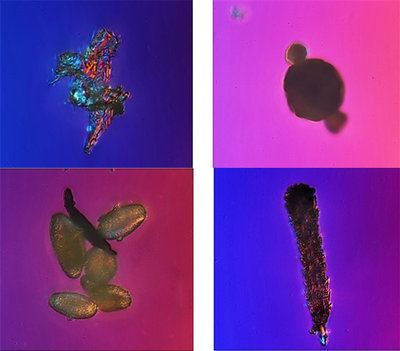洛杉矶(LosAngeles),简称LA,可能是美国空气污染最严重的城市之一,但与几十前相比,如今洛杉矶的空气不那么令人窒息了。几十年前,汽车、炼油厂和居民后院的垃圾焚烧炉都毫无节制地排放大量温室气体和颗粒物。如今,技术的进步和对汽车废气以及工业排放的严格限制成就了这种变化。
洛杉矶的姐妹城市墨西哥城(MexicoCity)和印度孟买(Mumbai)也面临类似的挑战。洛杉矶和墨西哥城的地形都让废气不容易 散发,这三个城市都是人口数以千万计的“大”都市。私人、公共和商业运输需要大量的汽车,飞机、火车和港口船舶的排放也加重了污染。
有着类似空气质量问题的地区自然成了寻求解决方案的合作者。印度-美国加州空气污染治理项目(India-CaliforniaAir Pollution Mitigation Program)是由印度的能源与资源研究所(TERI- The Energyand Resources Institute India)和美国加州大学圣地亚哥分校(University ofCalifornia at San Diego)以及加州空气资源委员会(California Air ResourcesBoard)于2014年合作的一个研究项目。该研究发现,促使洛杉矶显着改善空气质量的技术和燃料可以在印度复制,有助于立刻改善健康、食物和水的的质量。
科技和严格的法规改善了洛杉矶的空气质量,但仍有改进的空间 。(© AP Images)
该研究报告指出“加州的实践已经证明,可以在不减缓经济增长的情况下大大降低 污染。”
监管与创新
第二次世界大战后,空气污染成了洛杉矶的一个难题。有效的补救措施需要时间,也需要政府、企业和居民之间的合作。上世纪70年代,洛杉矶通过《清洁空气法》(Clean Air Act)等 联邦法律以及国家汽车排放标准,再加上加州本身严格的监管措施,开始向污染宣战。
但雾霾仍然挥之不去。后来 通过安装催化转换器减少汽车尾气排放,才真正改善了空气质量。
最近由南加州大学(USC- University ofSouthernCalifornia)进行的一项研究显示,洛杉矶居民比20年前更健康了,这要归功于空气中二氧化氮和颗粒物的显着下降。该研究报告的作者说,他们的研究成果证实了,社会各界为改善整体空气质量共同努力有益于公共健康水平获得实质性的重大 改善。
远大目标
像世界上其他城市一样,洛杉矶也必须为保持健康的空气质量加倍努力。随着人口增长,汽车和其他污染源的数量也在增长。
(State Dept.)
通过立法、创新和节能等方式抗击空气污染和气候变化是洛杉矶市长埃里克·贾塞提(EricGarcetti)的一桩头等大事,他是C40指导委员会(C40Steering Committee)和奥巴马总统的气候工作组(PresidentObama’s Climate Task Force)成员。C40是各国城市为解决城市环境问题建立的市长国际网络。
洛杉矶于今年4月推出具有胆略 的可持续城市计划(SustainableCities Plan)。
为空气质量制定的高标准包括,把对健康有害的空气污染天数从2013年记录的40天下降到2025年的零,并通过替代燃料的使用和可持续性发电,大幅减少污染物的排放。
保护能捕集二氧化碳的公园和周围的森林是另一项策略。洛杉矶河( Los AngelesRiver)的一个河段以及毗邻的绿地即将恢复绿化。过去六十年,河岸上铺满了用于控制洪水和径流的混凝土。
一项新的可持续发展计划要求 把洛杉矶河的混凝土河岸变成一个天然的绿化区。(© AP Images)
这一切都意味着公民会更加健康。正如南加州大学研究报告首席作者W.詹姆斯·高德曼(W. JamesGauderman)对《南加州大学新闻》(USCNews)所说的那样,“我们希望我们的研究成果对南加州以外的地区也适用,因为和改善健康关系最为密切的污染物——二氧化氮和颗粒——在任何都市环境中都在上升。”
Once smog-shrouded,LA has improved its air quality
Los Angeles, or LA, may be among the U.S. cities with the dirtiestair, but it’s breathing much more easily than it did a few decadesago, when cars, refineries and backyard incinerators spewedgreenhouse gases and particulate matter unchecked. Technology andtoday’s strict controls on automobile and industrial emissionsaccomplished this change.
LA’s sister cities,MexicoCityand Mumbai, India, face similarchallenges. Los Angeles and Mexico City both have geography thattraps emissions, and all three cities have populations numbering inthe tens of millions in their “greater” metropolitan areas. Motorvehicles are used for private, public and commercial transport,with added pollution from planes, trains and — in the port cities —ships.
Localities with similar air quality problems are naturalcollaborators on solutions. A2014 study by theIndia-California Air Pollution Mitigation Program, a jointinitiative of The Energy and Resources Institute (TERI) India, theUniversity of California at San Diego and the California AirResources Board, finds that technologies and fuels that havedramatically improved air quality in LA could be implemented inIndia and immediately improve health as well as food and watersupplies.
Technology and strict regulations cleaned up LA’s air, but more canbe done. (© AP Images)
“California has demonstrated that these pollutants can be mitigateddrastically without slowing down economic development,” the reportsays.
Regulation and innovation
Air pollution became a problem in Los Angeles after World War II.Effective remedies took time and required coordination ofgovernment, businesses and residents. Federal laws, such as theClean Air Act, and national emissions standards for cars, plusCalifornia’s own strict regulatory measures, kick-startedantipollution efforts during the 1970s.
But smog continued to hang in the air. Real progress came after theadoption of catalytic converters to cut vehicle emissions.
A recentUniversity of SouthernCalifornia (USC) studyshows that LA residentsare healthier than they were 20 years ago, thanks to dramaticdeclines in nitrogen dioxide and particulate matter. The study’sauthors say their findings support a correlation between“broad-based efforts to improve general air quality” and“substantial and measurable public health benefits.”
Ambitious goals
Like other cities around the world, LA must redouble efforts tomaintain healthy air. As population grows, the number of vehiclesand other pollution sources grows too.
(State Dept.)
Tackling airpollutionand climate change throughlegislation, innovation and conservation is a priority for LA MayorEric Garcetti, who serves on theC40 SteeringCommitteeandPresident Obama’s ClimateTask Force. The C40 is an internationalnetwork of mayors working to solve urban environmentalproblems.
Strategies in LA’sSustainable CitiesPlan, launched in April, are bold.
Ambitious air quality targets include cutting unhealthy airpollution days from 40 recorded in 2013 to none in 2025, and adrastic decrease in polluting emissions through alternative fueluse and sustainable power generation.
Conserving parks and surrounding forests, which store carbondioxide, is another strategy. A stretch oftheLos AngelesRiverand adjoining green spaces will berestored after six decades during which the river has been aconcrete sluice for flood control and runoff.
A new sustainability plan includes restoring the concrete-lined LosAngeles River to a natural green area. (© AP Images)
All this means healthier citizens, and as lead USC study author W.James Gauderman toldUSCNews,“We expect that our results arerelevant for areas outside Southern California, since thepollutants we found most strongly linked to improved health —nitrogen dioxide and particulate matter — are elevated in any urbanenvironment.”

 爱华网
爱华网



